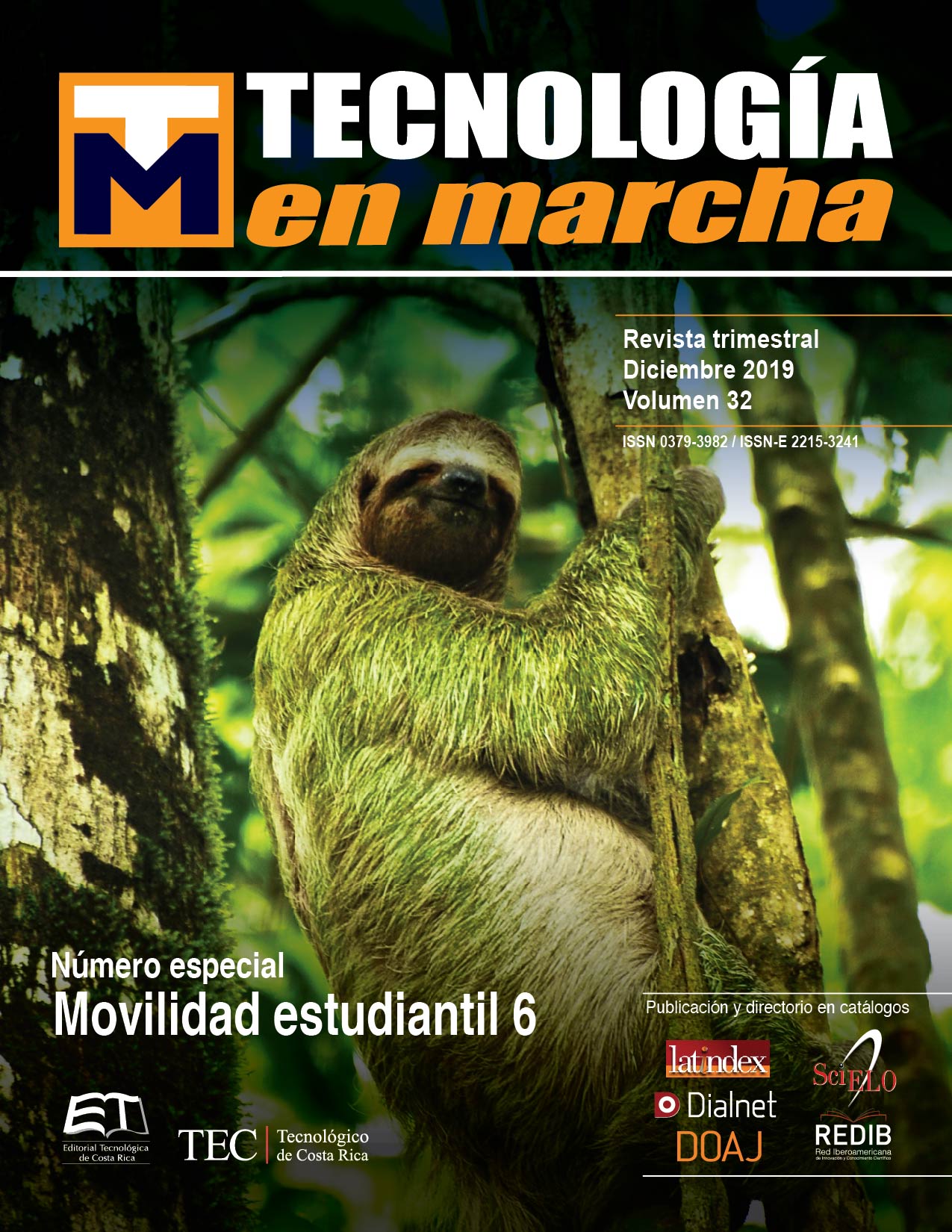Use of urine as a source of nutrients in agriculture
Main Article Content
Abstract
New sanitation approaches try to find solutions to promote public health, save water, prevent pollution and recycle nutrients in human excreta. One technology that achieves these challenges is called ecological sanitation, whose principle is to recognize that urine and feces are not waste, but a valuable resources that have to be recovered, treated if it is necessary and safely reused as fertilizers in agriculture. Urine has the highest amount of nutrients present in the excreta. Nitrogen is the most present (90%), then potassium (73%) and phosphorus (65%). When human urine coming out of the body, is an almost sterile substance, and unlike feces, does not require treatment to be used as liquid fertilizer. However, cross-contamination by fecal matter may occur during the separation of both excreta, so it is important to have a set of barriers or steps to prevent the transmission of pathogens, such as storage and application. There are some risks associated with the use of human urine, such as the presence of pharmaceutical residues; however, the human use of pharmaceuticals is lower compared to pesticides used in agriculture or the hormones and antibiotics present in manure, which is currently used for agricultural purposes. If human urine is properly managed, it can be an important source of income for farmers, and reduce expenditures on commercial agricultural fertilizers.
Article Details
Los autores conservan los derechos de autor y ceden a la revista el derecho de la primera publicación y pueda editarlo, reproducirlo, distribuirlo, exhibirlo y comunicarlo en el país y en el extranjero mediante medios impresos y electrónicos. Asimismo, asumen el compromiso sobre cualquier litigio o reclamación relacionada con derechos de propiedad intelectual, exonerando de responsabilidad a la Editorial Tecnológica de Costa Rica. Además, se establece que los autores pueden realizar otros acuerdos contractuales independientes y adicionales para la distribución no exclusiva de la versión del artículo publicado en esta revista (p. ej., incluirlo en un repositorio institucional o publicarlo en un libro) siempre que indiquen claramente que el trabajo se publicó por primera vez en esta revista.

